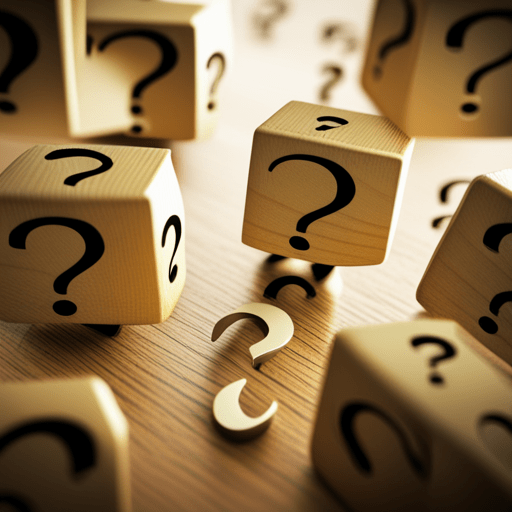Shopping online has become convenient for many shoppers. But with the increasing incidents of counterfeit products being sold online, it's crucial to tell the difference between the original and fake products. Counterfeit products can cause harm, especially concerning food, medication, and cosmetics. This article aims to help you spot counterfeit products when shopping online.
- Check the seller's reputation: Before purchasing anything online, it's essential to investigate the seller's reputation. Check for reviews and ratings from previous customers. Counterfeit sellers often have poor reviews, low ratings, and a short history of existence. An online seller with a long history of interaction with customers, excellent ratings, and positive reviews is less likely to sell counterfeit goods.
- Check the packaging: Reputable manufacturers pay close attention to the quality of their packaging. The packaging should be well-designed, the labels should be clear and precise, and spelling and grammar errors should be removed. Poor quality packaging or packaging that appears used, damaged, or old is a sign of counterfeit goods.
- Compare the price: One of the characteristics of counterfeit products is low pricing. If the price of an item is too good to be true, it's probably a fake. Original products are typically priced competitively in the market, so any significant deviations in pricing should raise a red flag. A considerable price difference should also prompt a closer look at the product, the seller, and the manufacturer.
- Verify the website: Online shopping on the wrong websites can result in counterfeit goods and fraud. Legitimate online stores feature security seals, certifications, and HTTPS protocols. These features help ensure that your personal information is secure when you purchase. Please be careful about websites with broken links, pop-ups, and misspellings. These features can point to a fake website created to scam people.
- Check the item's authenticity: Authentic products usually have unique identifiers, such as serial numbers, security markings, holograms, barcodes, and packaging. Counterfeit products lack these authentic identifiers. Take the time to study the product's details and check the features it should have. You can always search online for information that would help you confirm the product's authenticity.




